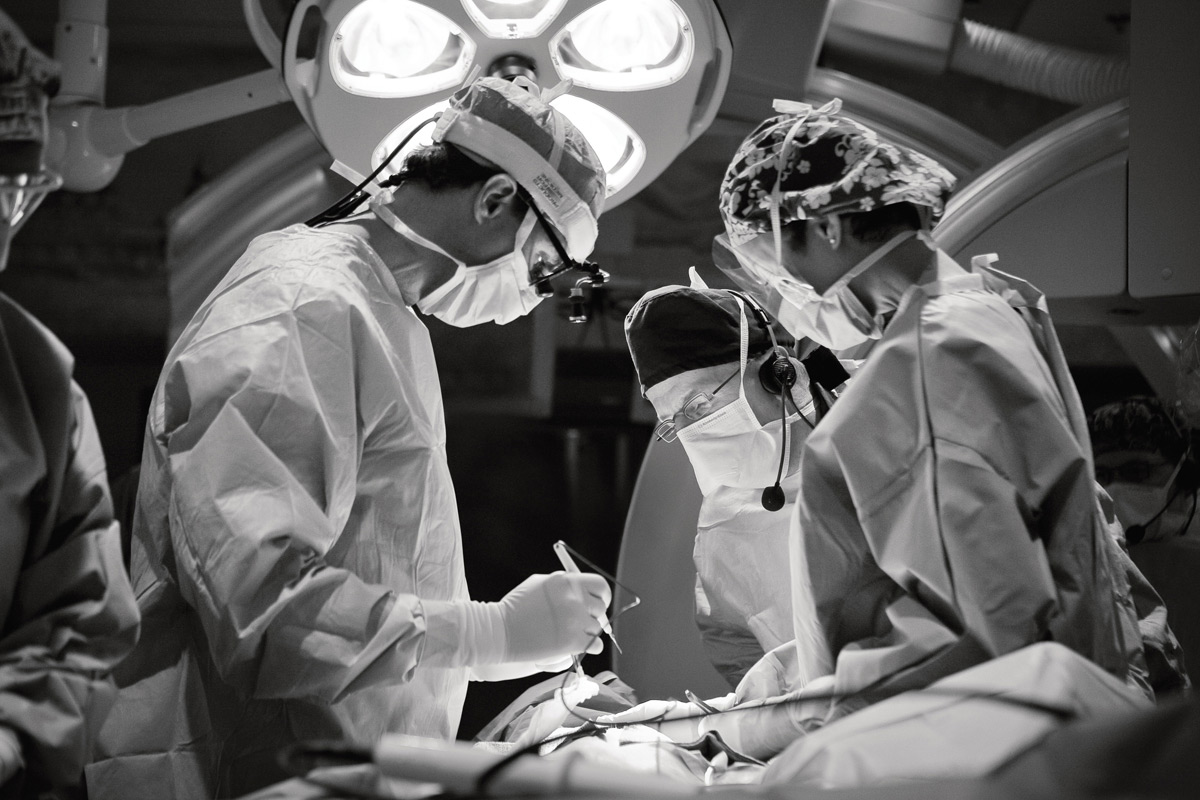
Pediatric Thoracic Surgery

Pediatric Thoracic Surgery
Pediatric thoracic surgery is a highly specialized field of surgery that focuses on the diagnosis and surgical treatment of conditions affecting the chest and thoracic organs in infants, children, and adolescents. The thoracic cavity encompasses the chest, which includes the heart, lungs, esophagus, and other structures. Pediatric thoracic surgeons are specially trained to manage a wide range of congenital and acquired conditions affecting these areas.
Here are some key aspects of pediatric thoracic surgery:
-
Congenital Anomalies: Pediatric thoracic surgeons often deal with congenital anomalies or conditions that are present at birth. These conditions may include congenital diaphragmatic hernia (a hole in the diaphragm), congenital cystic lung lesions, congenital heart defects with thoracic involvement, and esophageal atresia (a gap in the esophagus).
-
Lung and Airway Surgery: Pediatric thoracic surgeons may perform surgeries to treat lung conditions such as lung cysts, lung tumors, bronchogenic cysts, and congenital pulmonary airway malformations. Procedures may involve lung resection, lobectomy, or wedge resection.
-
Cardiac Surgery: In some cases, congenital heart defects may require surgical intervention that involves the chest cavity. Pediatric thoracic surgeons work closely with pediatric cardiac surgeons to address these complex conditions.
-
Esophageal Surgery: Conditions affecting the esophagus, such as esophageal atresia and tracheoesophageal fistula, often require surgical correction. Pediatric thoracic surgeons play a crucial role in these procedures.
-
Mediastinal Surgery: The mediastinum is the central compartment of the chest containing structures like the heart, thymus, lymph nodes, and blood vessels. Tumors or masses in this area may require surgical removal.
-
Minimally Invasive Techniques: Whenever possible, pediatric thoracic surgeons may use minimally invasive techniques, such as thoracoscopy (also known as video-assisted thoracic surgery or VATS). These techniques involve small incisions and specialized instruments for less invasive procedures and faster recovery times.
-
Collaborative Care: Pediatric thoracic surgeons work closely with pediatricians, pediatric pulmonologists, pediatric cardiologists, anesthesiologists, radiologists, and other specialists to provide comprehensive care for children with thoracic conditions. Multidisciplinary collaboration ensures that all aspects of care are addressed.
-
Reconstructive Surgery: After tumor removal or other procedures, pediatric thoracic surgeons may perform reconstructive surgery to restore normal chest wall and lung function. This can involve the use of grafts or other techniques.
-
Postoperative Care: Following surgery, pediatric thoracic surgeons continue to monitor the child's progress, manage pain, and address any complications. Long-term follow-up care is often necessary to ensure the best possible outcomes.
Pediatric thoracic surgery requires specialized training and expertise due to the unique challenges of operating on children with complex thoracic conditions. These young patients have growing and developing bodies, and the surgical approach must consider their long-term health and well-being. Advances in surgical techniques, anesthesia, and postoperative care have improved outcomes and reduced the impact of surgery on the lives of children with thoracic conditions.